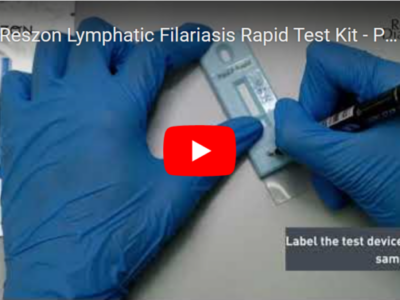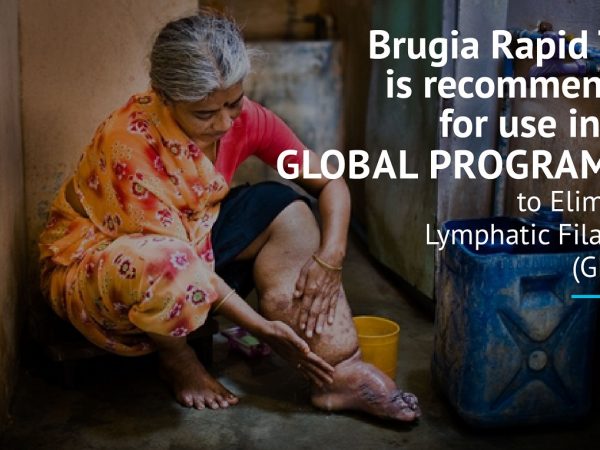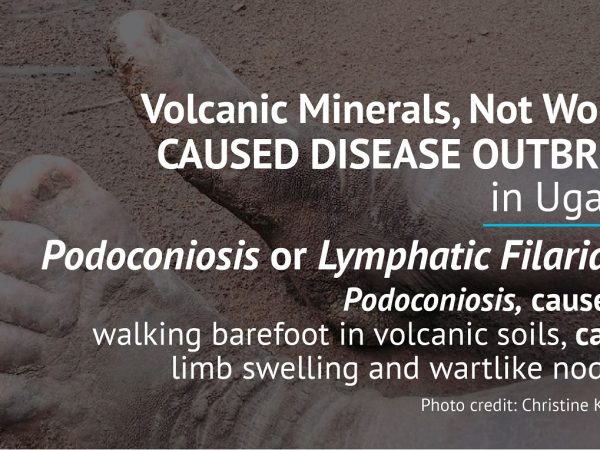
On 13 May 2023, WHO officially declared that lymphatic filariasis was eliminated from Bangladesh in a boost to efforts to end neglected tropical diseases in WHO South-East Asia Region. [1]
“Bangladesh’s achievement is commendable and follows strong political commitment, tireless efforts by health authorities, partners and the communities. It is also a result of innovative approaches and meticulous implementation of elimination strategies,” said Dr Poonam Khetrapal Singh, Regional Director WHO South-East Asia, who has been prioritizing ending neglected tropical diseases (NTDs) in the Region as one of the flagship programs.
Bangladesh is now the fourth country in WHO South-East Asia Region to eliminate lymphatic filariasis as a public health problem after Maldives, Sri Lanka and Thailand. [1]
The Joint Efforts
Lymphatic filariasis was a major public health problem in Bangladesh. In 2001, the country established its national programme to eliminate lymphatic filariasis which was endemic in 19 of the 64 districts. Between 2001 and 2015, high coverage mass drug administration campaigns were rolled out in all endemic districts. [1]
This public health problem was eliminated with the help of LSTM’s Centre for Neglected Tropical Diseases (CNTD), which has worked with the Bangladesh Ministry of Health and Family Welfare since 2011. [2] CNTD supported the Bangladesh LF programme to deliver treatments to more than 12 million people through mass drug administration, followed by essential surveys and surveillance activities that formed part of the validation process, to assess and confirm whether elimination targets had been met.
In partnership with the Bangladesh MoHFW and Centre for Injury Prevention, Health Development and Research (CIPRB), CNTD supported Bangladesh’s initiative to revitalise 2000 community clinics and provide LF related morbidity management and disability prevention care in remote and hard to reach areas. [2]
The Director of CNTD, Professor Mark Taylor, added: “A truly remarkable achievement by Bangladesh and another beacon of hope for those countries engaged in eliminating LF. CNTD’s work in the country has been extensive and there is no doubt that the programme has been a success because of the forward thinking of the Bangladeshi Ministry of Health and Family Welfare and the combined efforts of all the partners involved.” [2]
What are the causes and symptoms?
Lymphatic filariasis is caused by infection with parasites classified as nematodes (roundworms) of the family Filariodidea. There are 3 types of these thread-like filarial worms:
• Wuchereria bancrofti, which is responsible for 90% of the cases
• Brugia malayi, which causes most of the remainder of the cases
• Brugia timori, which also causes the disease.
Lymphatic filariasis infection involves asymptomatic, acute and chronic conditions. Most infections are asymptomatic, showing no external signs of infection while contributing the transmission of the parasite. These asymptomatic infections still cause damage to the lymphatic system and the kidneys and alter the body’s immune system.
When lymphatic filariasis develops into chronic conditions it leads to lymphoedema (tissue swelling) or elephantiasis (skin/tissue thickening) of limbs and hydrocele (scrotal swelling). Involvement of breasts and genital organs is common. [3]
Brugia Rapid point-of-care cassette test manufactured by Reszon Diagnostics is recommended by WHO for use during Transmission Assessment Surveys (TAS) to detect IgG4 antibody against Brugia spp. in human blood samples. Through the use of our product as diagnostic tool, we hope that the correct intervention can be administered and hence helping to stop the spread of filariasis infection in the affected countries.
References
1. WHO (2023) Bangladesh eliminates lymphatic filariasis News release. Accessed on 13 June 2023.
2. LSTM (2023) Bangladesh eliminates lymphatic filariasis (LF) Tropical Disease Biology. Accessed on 13 June 2023
3. WHO (2023) Lymphatic filariasis Newsroom. Accessed on 13 June 2023




